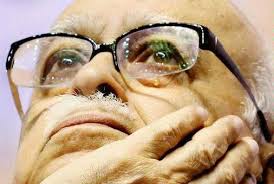New Delhi, Feb 5: Delhi High Court on Wednesday stated that that death warrant of all convicts in the Nirbhaya gangrape and murder case should be executed together.
The Delhi prison rules do not state whether when the mercy petition of one convict is pending, the execution of the other convicts can take place and from the trial court to Supreme Court all convicts have been held by a common order and a common judgment, Justice Suresh Kumar Kait observed while passing the order.
High Court dismissed the Central government and Tihar Jail authorities plea challenging the Patiala House court's order, which stayed the execution of the four convicts in the case. It also observed that the convicts indulged in a heinous offence of a bone-chilling rape and murder of a girl and that criminal appeals by all convicts were dismissed by the courts.
Moreover, the court observed that the review petitions were filed after long wait and convicts are taking shelter of Article 21 which is available to them till their last breath.
A single-judge bench of Justice Suresh Kumar Kait had on Sunday kept the order reserved in the matter after special hearing of two days.
Earlier, Solicitor General Tushar Mehta, appearing on behalf of the Centre, alleged that the convicts were deliberately delaying the execution, adding that any delay in death sentence will have a dehumanising effect on the convicts.
A Delhi court last week stayed till further orders the execution of the four convicts -- Akshay Thakur, Mukesh Singh, Pawan Gupta, and Vinay Sharma -- which was earlier scheduled to take place on February 1.
The case pertains to the gang-rape and brutal murder of a 23-year-old paramedical student in a moving bus on the night of December 16, 2012, by six people, including a juvenile, in Delhi. The woman had died at a Singapore hospital a few days later.
One of the five adults accused, Ram Singh, had allegedly committed suicide in the Tihar Jail during the trial of the case.






Comments
Add new comment